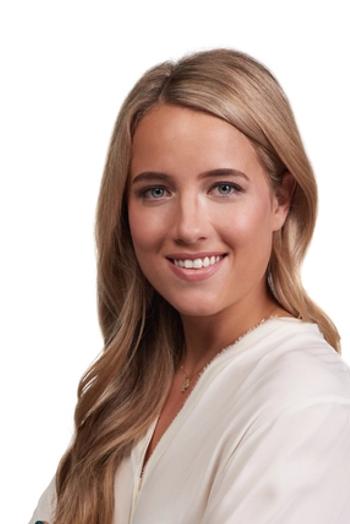
Hiring a Nurse Practitioner or Physician Assistant: 5 Considerations
The level to which nonphysician providers can help a medical practice’s bottom line depends on how well thought-out the plan was for hiring them.
With more patients gaining insurance coverage, some physicians are feeling overwhelmed as they try to accommodate growing patient demands.
Delegation is always a good strategy for doing more with less time. But in today’s healthcare environment, hiring another physician is a budgetary commitment that many practices aren’t comfortable making. Therefore, the better answer might be adding a nonphysician provider to your staff, a professional who’s capable of performing many of the same tasks as physicians.
According to the Medical Group Management Association, physician compensation is
Top Considerations:
1. The purpose of the new nonphysician provider.
First, a practice should identify its needs and goals and then determine how a nonphysician provider could help meet them. Are you hoping to relieve physicians from the demands of a growing patient population? Are you planning to extend your services or attract a new type of patient? Are you looking for more professional collaboration on existing cases? Examining these questions will help you identify any gaps in care that a nonphysician provider can help fill.
NPs and PAs are the most common nonphysician providers, but they come in a broad range of disciplines, such as certified midwives, clinical and nonclinical psychologists, occupational therapists, social workers, nurse anesthetists, speech pathologists and physical therapists.
2. The scope of practice of the new provider.
The second step is determining whether a nonphysician provider is authorized to do what you need that person to do. What a nonphysician provider is allowed to diagnose or treat, as well as the level of physician supervision required, varies from state to state. Each state also determines what medications nonphysician providers are allowed to prescribe. Therefore, their level of autonomy should help you determine whether a new clinician would alleviate some of the physicians’ workload, or add to it.
If
As you pursue this option of hiring a nonphysician provider, keep in mind that the best scenarios are those in which each team member is working to the top of her license and providing the services she is allowed to provide, thereby freeing up the physicians to focus on providing the services that only they can provide.
3. The nature of the patient population.
If the idea is to have the nonphysician provider relieve the physicians from having to deal with some of the clinically common patient appointments, you need to be sure you have enough of those appointments for the provider to take on.
4. The onboarding process.
Fourth, buy-in from both patients and physicians is also crucial. Some patients who are unfamiliar with the role of a nonphysician provider may feel as though they’re being passed off to someone underqualified. So when bringing on one of these providers, he should be introduced by the physicians who can articulate the important role he will play in patients’ care. It also helps to emphasize that you’re taking a team-based care approach and your new hire is a vital part of the team.
Of course, doing this requires that everyone in the practice, but especially the physicians, genuinely see the nonphysician provider in that light. If the other doctors view the new nonphysician provider as a competitor, it won’t work.
5. The cost vs. benefit.
Finally, consider the finances. Depending on the specialty, a nonphysician provider might make half, or a bit more than half, of the salary of an average physician. How will you justify the cost: Will you be able to add more patients? Can new services be added that the nonphysician provider can perform? Will patient satisfaction improve?
Practices should also know their
Newsletter
Optimize your practice with the Physicians Practice newsletter, offering management pearls, leadership tips, and business strategies tailored for practice administrators and physicians of any specialty.








